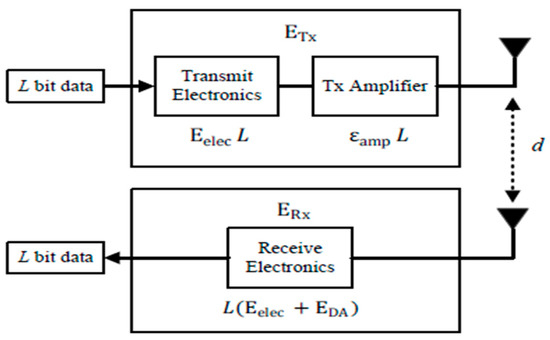

How to cite correctly?įor a book with one author, use the described above approach.įor a book with two or three authors, indicate the last names of all authors using and(but not an ampersand (&) before the last author’s surname.įor a book with four and more authors, use et al. after the first author’s name, including in the first reference. Jakes (2008) illustrates these cases and ….įor parenthetical citations in notes of your manuscript, use the same rules as for in-text citations.Īccording to the APSA requirements, the roman terms chap., para., vol., and sec. are also acceptable to clarify the location of a cited text. If you mention an author somewhere in your text in any form, indicate the year of publication after his/her last name in parenthesis. This citation is usually before the punctuation at the end of a sentence. In this case, a comma should be placed after the year of publication and before the number of pages or chapters.Īccording to the APSA requirements, you should not place a comma after a parenthetical citation. If the cited work has no date, then state the only n.d. after the author’s name.įor quotes, dates, ideas also include page and chapter numbers to prevent any ambiguities. In this case, you use in-text parenthetical citations at the end of a respective sentence without a comma between the author’s last name and the year of publication of the cited work. To prepare your writing according to the APSA requirements, you should apply the author-date format. You need to make citations for opinions, facts, direct quotations, and paraphrasing. Citations are brief notes that are indicated in a text and provide information without any interruptions of your manuscript.


 0 kommentar(er)
0 kommentar(er)
